
1000 likes song
1000 likes song! LingoStar wants your like, what do you think of our 1000 likes song? Click here to Like our Facebook...

1000 likes song! LingoStar wants your like, what do you think of our 1000 likes song? Click here to Like our Facebook...
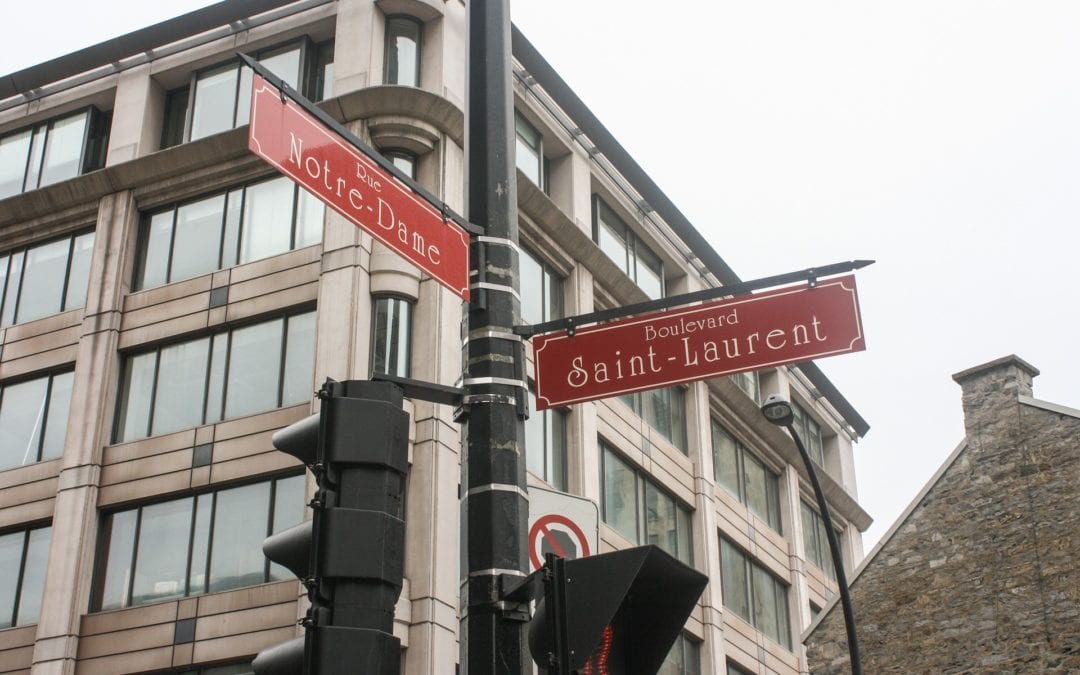
Bilingual signs are a necessity in Canada As a bilingual country, Canada provides a great number of services in both French and English. Labels, product descriptions, and road signs are therefore often bilingual. Sometimes, however, they get lost in translation. The stop sign, most often found in Quebec and New Brunswick, is common in jurisdictions with significant francophone and anglophone populations. Translating the single word “Stop” seems somewhat unnecessary as STOP and ARRET could both be considered valid French words. But what about following sign found in Fredericton, New Brunswick: The yellow warning sign reads: “Caution: Raised manholes/Attention: Trous d’homme sur éléves”. If we put this in the online translation service Google Translate, we get “Warning: Manholes on pupils”, which makes no sense at all. It’s almost worse if we literally translate it to “men’s holes over-elevated”! No doubt a professional translator’s help is the safest way to make sure the sign reads naturally in both Canadian English and French. These bilingual signs need a precise translation In regards to food labels, the legislation in Canada is even more strict. Companies have to show mandatory information in both languages. This is restrictively defined by the Canadian Consumer Packaging and Labeling Act. And let’s be honest, without some of these bilingual signs we would certainly be lost!! 😀 Some product designers use the bilingual labeling law with a sense of humor. Although these bilingual signs might sometimes seem ridiculous or redundant, only a small fraction of the population speak both languages fluently. Professional translation services are therefore indispensable, especially in regards to more extensive documents and signs that affect public health and safety....
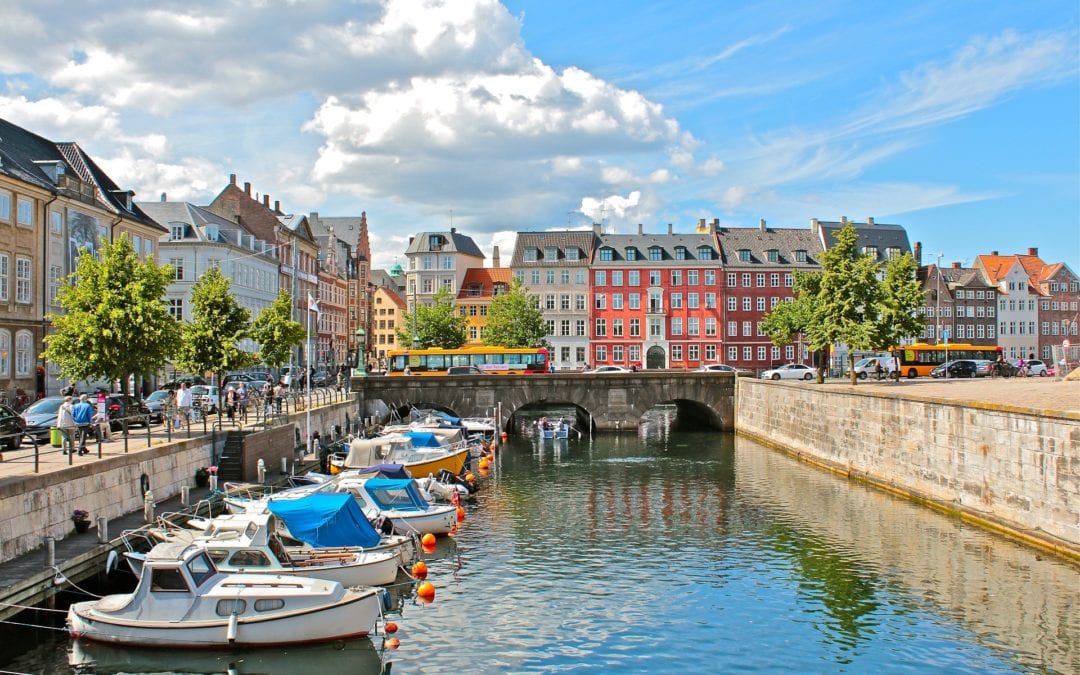
Denmark and the Danish Language Denmark, where the Danish language is spoken, is a country with four hundred islands surrounded by two seas. It’s a beautiful country with the charming capital of Copenhagen, as well as Greenland, the biggest island in the world, which also belongs to the great Kingdom of Denmark. Lego, The Little Mermaid and beautiful castles are all part of the Danish identity. The country is full of intelligent, agreeable and welcoming people. But the Danish language in Denmark has experienced some challenges as of lately. It has strongly been influenced by English. Therefore, changes are happening in the Danish language and there are several reasons for this. Firstly, the Danish phonology, which is how sounds are organized and used in languages, has been mutating strongly since 1950. Danish people like to shorten their words and try to use the least energy possible to pronounce them when speaking. Danes are said to talk like they have something in their mouth. Secondly, all Danish people learn the language growing up but increasingly like to speak the English language because it’s easier to learn and pronounce. Thirdly, you see a greater influence of the English language in traffic signs, media and advertisements all over Denmark. All this impacts the way the Danish language is being presented in its written and spoken form and how it is perceived by the younger generation. Check out an interesting video below explaining some of the challenges of Danish. Here at LingoStar, we translate all cultural materials and business documentations from English into Danish, and other Scandinavian languages, such as English to Swedish,...
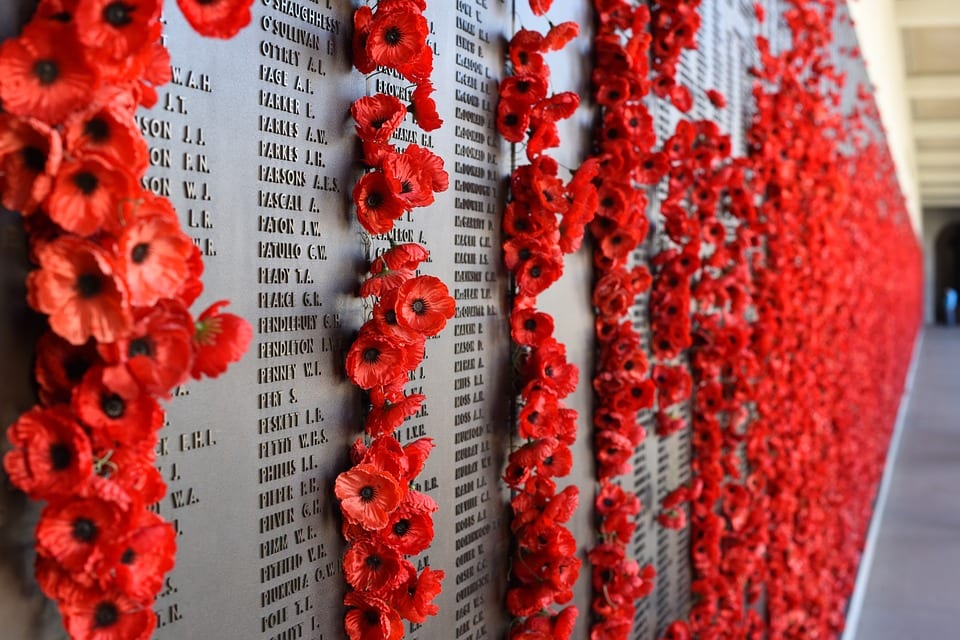
Why do we celebrate Remembrance Day on the 11th of November? Originally called “Armistice Day”, Remembrance Day was introduced after the First World War in order to commemorate the Armistice agreement signed on Monday, November 11, 1918, at 11 am. It was the treaty that put an end to the war. Later, it became a holiday of remembrance for all the soldiers of the Canadian Army in times of war. Why is the Remembrance Poppy so famous? During the entire week of Remembrance Day, the people in Canada pin red poppies on their jackets, inspired by the World War I poem “In Flanders Fields“. It was written by the Canadian Lieutenant Colonel John McCrae, who served in the Army and witnessed his friend’s death. Poppies were the first flowers that grew on soldiers’ graves in Flanders (Belgium). It then became a symbol of remembering the victims. What happens on Remembrance Day? The official Canadian national ceremonies happen every year at the National War Memorial in Ottawa according to a strict protocol. At the same time, throughout the whole country celebration services and parades take place. A minute of silence is often held at 11 am. This is in order to pause for a moment and remember all the sacrifices Canadians made in armed conflicts. Remembrance Day Worldwide Not only Canada but also many members of the Commonwealth celebrate this day in order to remember the members of their armed forces who have died on duty. With ongoing wars all over the world and millions of victims falling every week in military conflicts it is crucial to remember them. LingoStar...
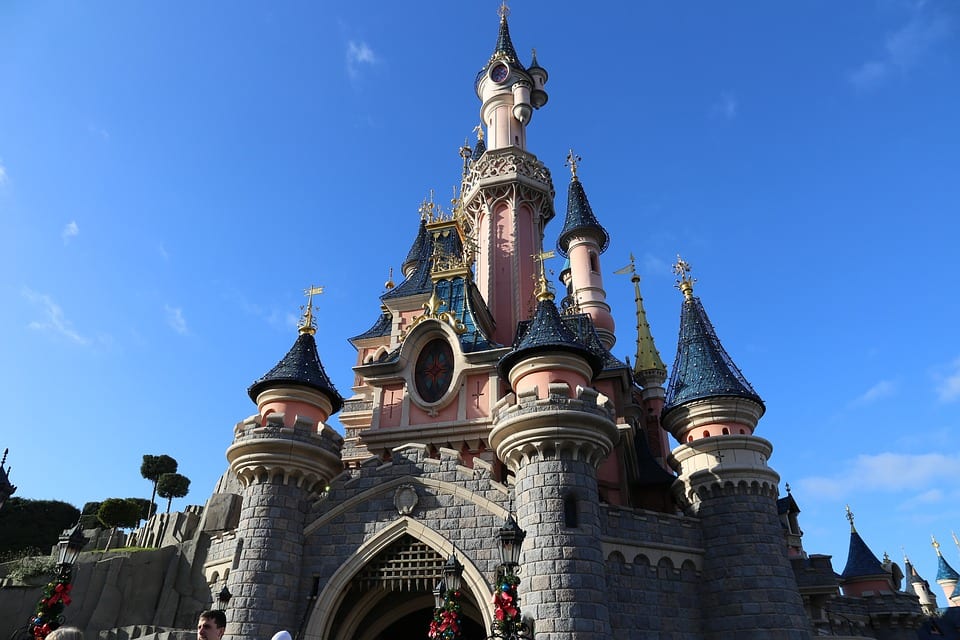
Disney Princess Names and their Meaning Almost everyone grew up watching Disney movies, especially in the late ’80s and 90s when Disney produced a lot of great movies. Many of these Disney movies feature a princess character with a name like Elsa or Bella. Did you know that their names have different meanings in different languages? Beauty and the Beast (1991) Bella means beautiful in Spanish and Italian. The story is that Bella falls in love with an enchanted prince. He has been cursed to look like a beast and the only way the spell can be broken is if he learns to love. Bella and the beast fall in love and break the spell at a crucial moment. Frozen (2013) In Hebrew, Anne means grace and in Spanish, Elsa means truth. This movie has not just one but two princesses, the sisters Elsa and Anne, who are part of the Arendelle royal family. Elsa has the power to manipulate ice and snow but ends up hurting Anne who will be frozen until an act of true love breaks the spell. Eventually, Anne defrosts and they live happily ever after. Aladdin (1992) The princess name Jasmine means flower in Persian. A princess in a palace with a pet tiger and a street boy with a pet monkey must be a weird combination, right? They love each other but Aladdin is too poor to be with Jasmine. He finds a lamp with a genie inside. He stops the evil Jafar and saves the sultan. After the sultan sees the love between Jasmine and Aladdin he allows them to get married. Sleeping Beauty (1959) Aurora is Latin for goddess...
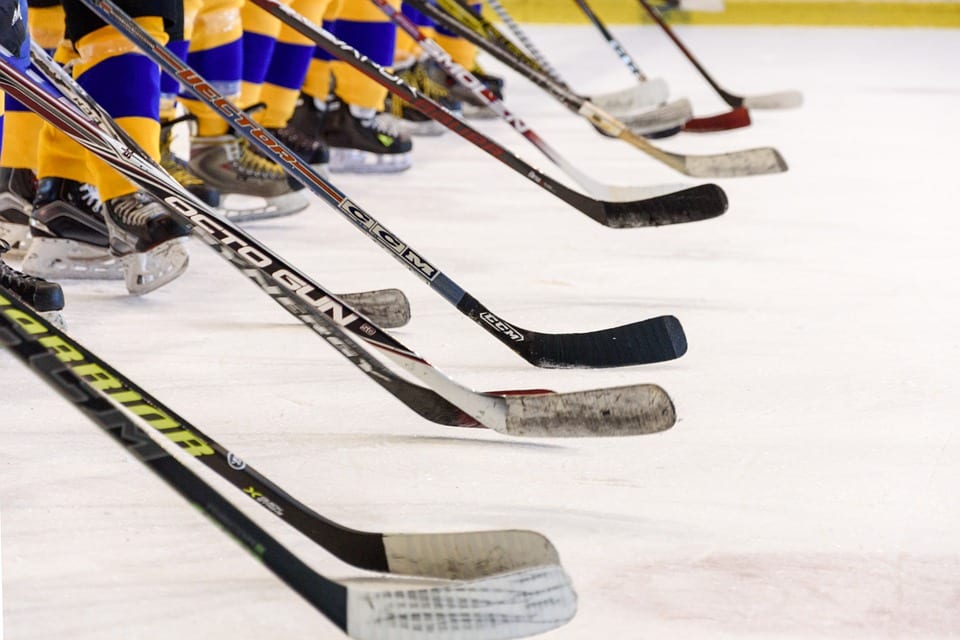
“O Canada” Canadians love playing and watching many different sports but there are always favorites! This is our list of the top 10 most Canadian sports. What do you think about this list? Do you agree? Number 10: Golf With its origin in 15th century Scotland, Golf is still popular to this date. The combination of striking a small white ball with a club generates lots of fun, however, because golfing clubs are so expensive to join, it is most easily played by people with lots of money. Number 9: Tennis The origin of Tennis goes all the way back to medieval France. In the 12th century, the French King Louis X was a keen player of an earlier version of modern tennis. The tennis we know today was born in 1958 when two friends used rackets in the old Spanish game of Pelota. The Canadian Open, an annual event, helped the sport gain popularity in Canada. Number 8: Curling Although Canadians dominate Curling at the international level, its origin lies in Scotland. Curling became an Olympic sport in 1998 and since then Canada has won five gold, three silver, and two bronze medals. It’s no wonder curling is so popular in Canada! Number 7: Cricket Although Canada is not a member of the International Cricket Council (ICC), the old English game of Cricket is still quite popular here. Currently ranked at 16th, the Canadian team is not winning any championships yet, but perhaps this will change in the future. Number 6: Baseball Even though Baseball is extremely successful in America, it is also very popular in Canada. Both...